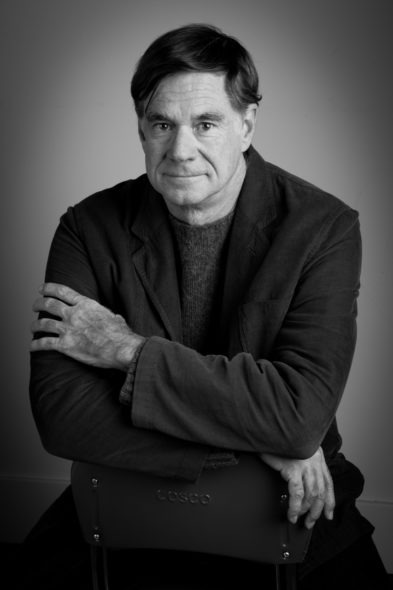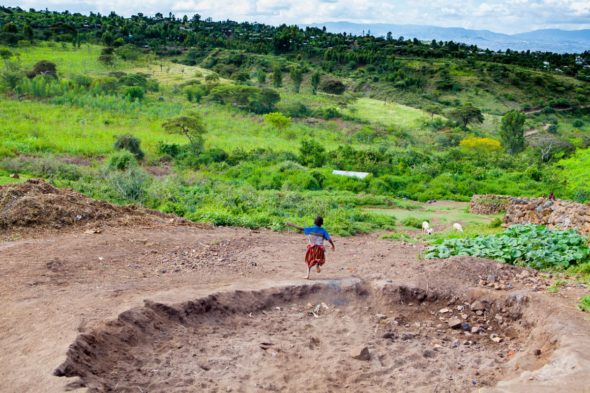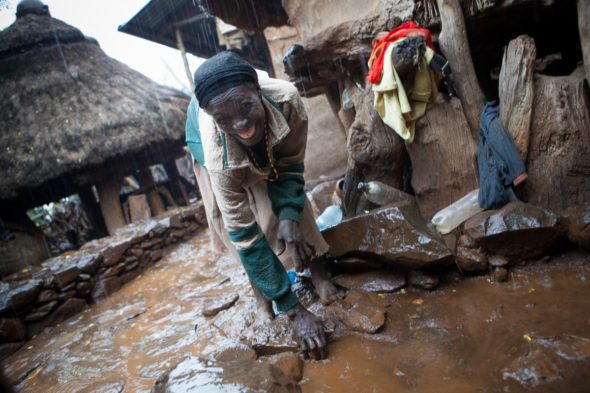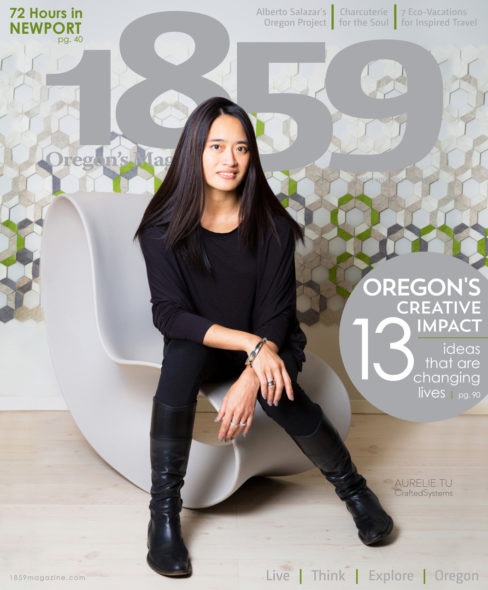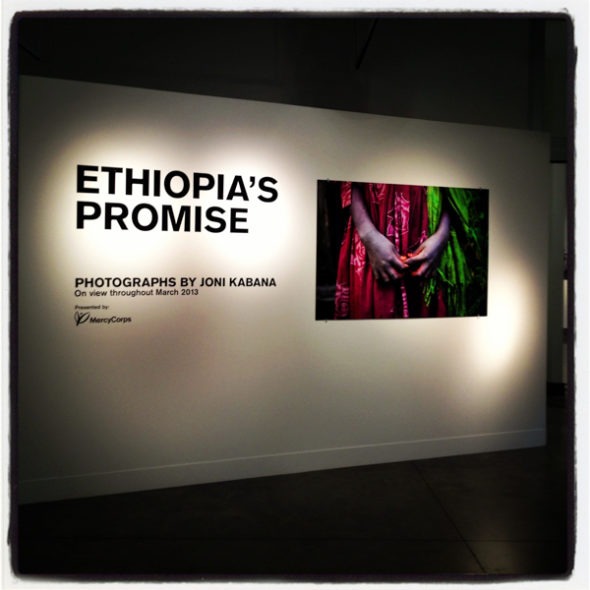I got into some trouble once because of the way I was dancing. I wasn’t thinking about anything except the music that night, and I just let the seductive beats hit my body and let go.
“I like your dance”, he said. Not “I like the way you dance” or “I like your moves”. I heard him, and I think I knew what he meant, but being in Africa where rules and structure are consistently challenged, I was somewhat unsure.
I am a middle age lady, have birthed three kids who are now in college, and my body is not as elastic as it once was. But the more time I spend in Africa, the more I can’t stop myself from letting my rickety legs interpret the music I hear.
Rhythm. Even that word looks erotic at first glance. RRRRRRR, followed by hhh, a twist on the “I”, then a sexy th, followed by mmmmmmmm.
We are born through a series of contractions, intensity increasing until we break through barriers and scream ourselves silly, those screams also expressing a pattern of rhythm, back and forth and back and forth. What happens between that entry into life and how many of us become so self-conscious about moving our booty to music is something I have pondered for years. In Africa, dancing occurs any time a semblance of a beat is heard, while driving, walking across a fancy hotel lobby or in the midst of a surgical process.
But that late night, I found out that dance has the potential to bring out the animal in a person.
And, perhaps, why should it not? It was just a close call lesson to be more mindful of the power of dance.
Several weeks later I was sipping beers in a shady spot of an outdoor restaurant in Ethiopia’s deep south with the director of an NGO who was hosting me during an assignment. We started talking about courtship and procreation. He told me about a tribe in Ethiopia that practices “evangandi”, a quest for procreation through the power of provocative dancing.
This is how it works: under a full November moon, the boys and girls all come together in a big field and they dance erotically with each other. The kind of dancing where you look into each other’s eyes, then look away, then look again, knowing you hooked someone with they way you move.
If a boy and girl choose to have sex, they sneak away into the forest and exchange their passions under that incredible citylights-free African moonlight. If the girl gets pregnant, this is celebrated, as it means she is fertile. The baby is given to the girl’s father’s family, and she is free to marry the boy she had sex with, or someone else.
Last summer, under a starlit night in my own backyard, conversation waned and the few remaining dinner party friends listened to the beat of a calypso band coming from our LP record player. Steve, a formidable friend I have known for years, asked each of us to dance with him. I am not one to sit on the sidelines when good music is playing, and when he came over to me, my heart did a quick start at the inquisition.
I was not prepared, at all, for what happened next.
Steve’s subtle moves, his directive hand and confident style made us all fall in love with him. After the swoon fest was over, he slipped away without much of a goodbye. I think he realized the power he had over each of us. We have been yearning to dance with him since.
Each year I return to the Pendleton Round-Up rodeo to watch the way dance turns girls’ hearts inside out when those strong cowboys take the reins of music’s influence. The streets are cleared, and under the dark sky night, boys tip their hats beckoning to show those girls a thing or two about how to move to a beat. Silly blond haired girls are flipped up and over their shoulders, brought down to ground where they beg to be lifted back up while the boy just teasingly stares at her plight, both of them laughing from the place where bliss resides. It makes me happy to know our conservative and dance shy culture has a segment who know what soulful pleasure that dancing can instill between two human beings.
When we dance, nothing else matters. It is a remedy for all ills. Try it!
It just might be what we were born to do.














